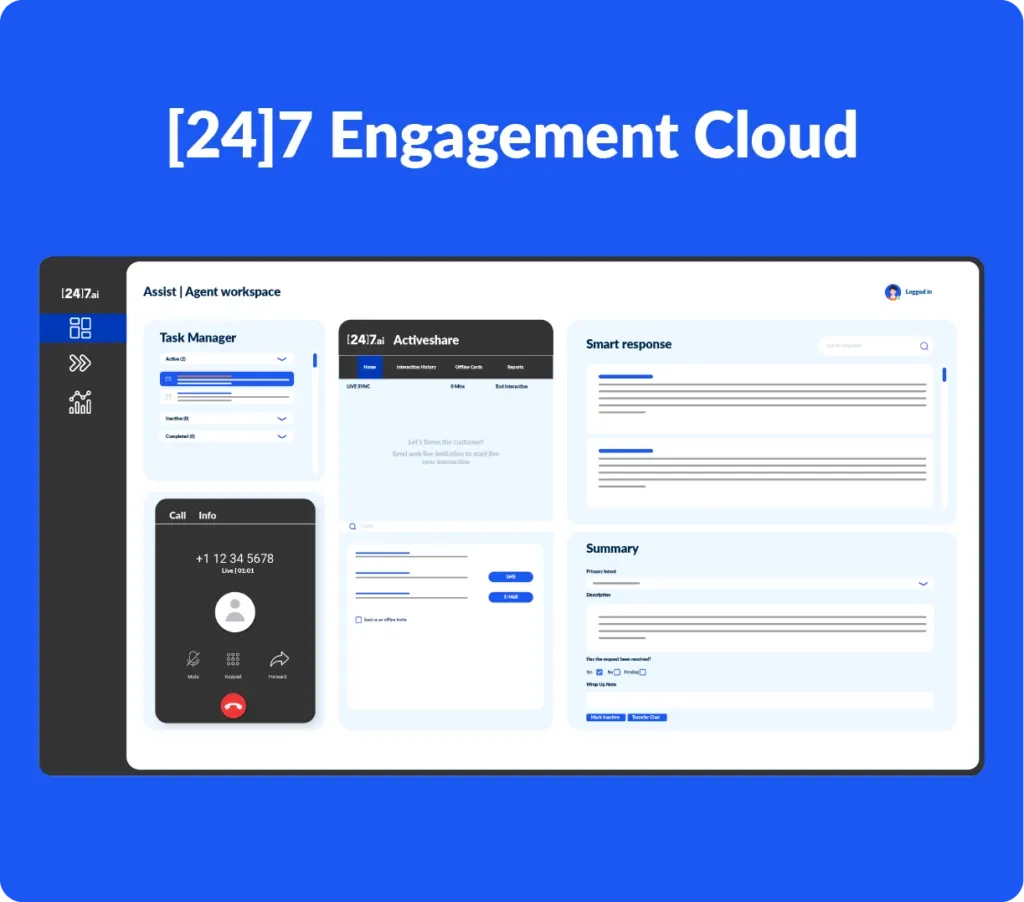Navigating the new normal
Work-From-Home (WFH) as a concept skyrocketed during the pandemic. For most companies, this was a herculean effort given that offices shut down rapidly, and both work and employees had to be transferred to their homes almost overnight. After nearly two years of the remote work set-up, businesses are considering the best back-to-work plan given that some employees prefer the perks of working from home while others (companies included) have missed the office option. The question on everyone’s mind now is whether to work in-house, continue to work remotely or adopt the hybrid model. The most common preference seems to be the shift to a hybrid working model which is a blend of flexibility between remote work and in-office work. Seemingly straightforward, the hybrid model still needs to be customized to best-fit your company, your workforce and your growth agendas. The key criteria across industries seems to be how to achieve your SLAs, meet your metrics, and prove that you’ve got security and compliance.
Popular practices of hybrid work model
Since it is still a relatively new concept, there are grey areas in the definition of what hybrid actually is. That said, there have emerged some popular practices which include:
- Working in shifts: This sees a fixed number of employees alternating between working at home and in the office. While this is an agile approach, employees don’t get to have much of a say in the decision factor.
- The office-first approach: This prioritizes an office attendance for majority of the workdays and works best for organizations that need people to physically work together. Some companies are using performance on SLA’s that gives employees the choice of whether they prefer WFM or the office.
- The team split: This is where companies allocate select employees to be 100% office bound while the select others work remotely. For this to really work, organization leaders need to ensure that there is an inclusive culture and offer streamlined work policies.
- The remote first approach: Here, companies encourage the ‘work-from-anywhere’ option almost exclusively. However, this is highly dependent on digital tools for remote workers to be just as engaged and efficient.
- The hybrid flexible: This is an option where employees calendar the days when they want to work remotely and on premises. It is a model that empowers the workforce much more and also helps attract new talent.
There are both pros and cons to adopting the hybrid culture. Some of the benefits are increased cost-effectiveness for organizations along with access to a larger talent pool across geos; while employees can enjoy the perks of lesser commute with more of a work-life balance. That said, the hybrid option also makes collaborations, relationship-building and security more challenging.
Implementing the hybrid model
While some companies are going forward with long-term strategies, most are playing it by the ear. Irrespective of the choice made, companies and employees operating under the hybrid model have to meet their productivity, profit and performance goals. In order to do this, there are some options they can consider:
Prioritizing employee satisfaction
Now that the office is open, businesses need to consider what percentage of the employees to bring back in and what percentage to keep at home and how to make that decision. Some of the factors to consider would be on a performance basis, the distance from the work-place, the nature of the employee’s job to name a few.
Digitization for Employee Collaboration
The pandemic hastened the speed at which digital was adopted. The new work need is to equip both the company and the employee with the right kind of technologies and resources to ensure seamless collaborations and outcomes across locations. The digitization of things also helps to nurture communication channels so that employees do not feel isolated and ensures that work is not lost in translation.
Security Best Practices
Embracing hybrid also means sending confidential data to people’s home and thus businesses really need to have a strong focus on whether or not they have the security and compliance to keep up with that activity. Some of the best practices can include multi-factor authentication, enforcing a zero-trust policy, security awareness training, and a continuous audit and update on company devices and security policies.
Right now, there is a bit of a debate between companies enforcing the on-premises agenda and employees who opt for the remote work culture. That’s why the truth is that as the hybrid approach to work increases, both companies and employees will have the opportunity to harness it to build a more fluid, autonomous, and positive work culture. To learn about hybrid work culture in agent operations, click here to connect with us: Contact [24]7 Request (247.ai)
Take the Next Step
[24]7 Agent Services aligns with your brand’s DNA to deliver seamless customer service, lowering cost per interaction while boosting customer satisfaction. Our agents are given the best technology, training, and analytics, and are committed to outperforming your current best site by 10 percent.
- Blog: Workforce management and why it will work for you
- Press release: [24]7.ai Wins CCW Excellence Award for BPO of the Year 2022
- Blog: Why the Best BPO is Your Strategic Partner
- Solutions Brief: [24]7.ai BPO Solutions
- Blog: Need BPO Agents who understand your brand better?
- Solutions Brief: [24]7.ai’s Global Footprint Brings Geo-Diversification and Geo-Balancing







